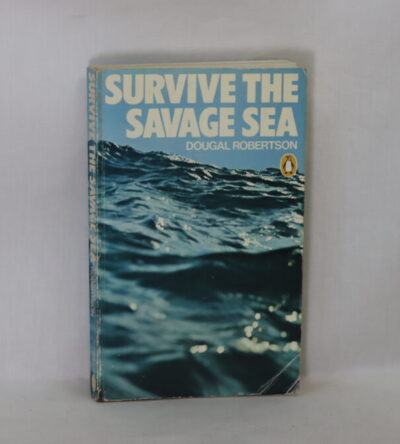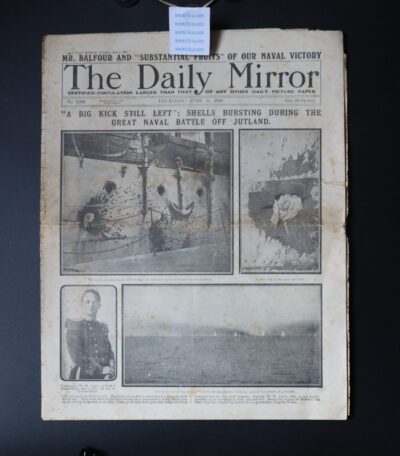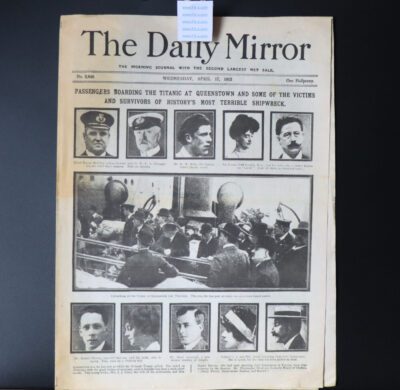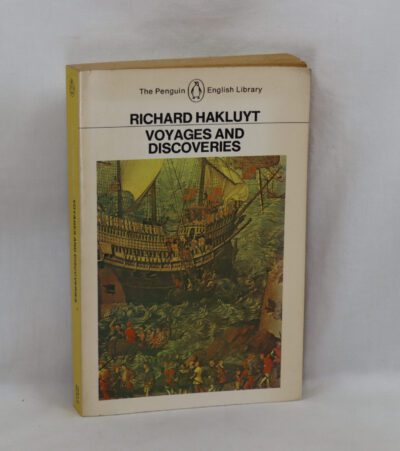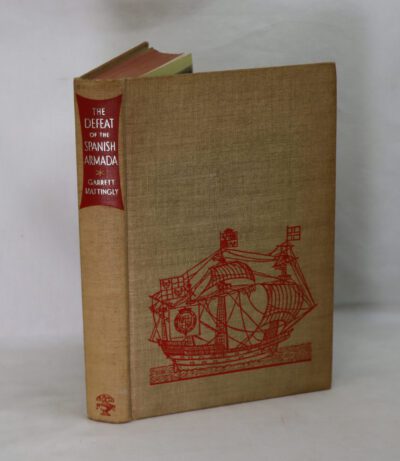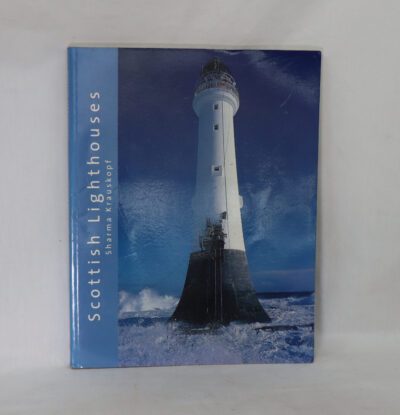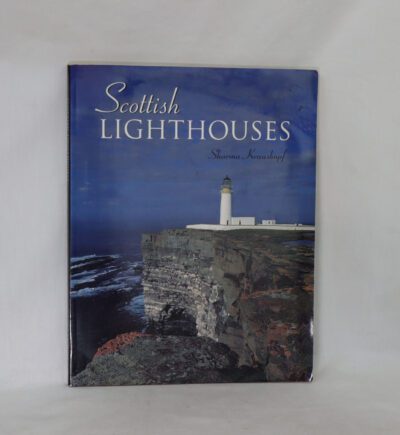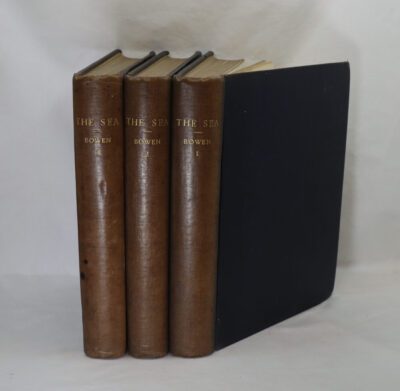The Seiges of Ciudad Rodrigo. 1810 & 1812.
By Tim Saunders
ISBN: 9781526724335
Printed: 2018
Publisher: Pen & Sword Military. Barnsley
Edition: First edition
| Dimensions | 17 × 25 × 2.5 cm |
|---|---|
| Language |
Language: English
Size (cminches): 17 x 25 x 2.5
Condition: As new (See explanation of ratings)
Your items
Item information
Description
In the original dustsheet. Green cloth binding with gilt title on the spine.
F.B.A. provides an in-depth photographic presentation of this item to stimulate your feeling and touch. More traditional book descriptions are immediately available.
The area astride the Spanish/Portuguese border between the respective fortresses of Ciudad Rodrigo and Almeida was the focus of the Peninsular War for much of the period from the autumn of 1809 through until 1812\. The fortress of Ciudad Rodrigo that dominated the country between the Rivers Agueda and Cao, was one of the ‘Keys to Spain’ for any army attacking either east or west across the frontier. With the defeat of the Fifth Coalition at Wagram in 1809, Napoleon was free to turn his attention to the rebellious Iberian Peninsula and the small British Army. Tasking a reluctant Marshal Massena to ‘throw the leopard into sea’, preparations started for what proved to be a protracted and lacklustre siege. Marshal Ney, however, champed at the bit and wanted to press on with the invasion and despite an increasing tempo of outpost actions, such as the renowned affair at Barbra del Puerco, Napoleon in attempting to control events from Paris, insisted on an orderly siege. With the fall of Ciudad Rodrigo, Crawford’s Light Division remained covering the Army’s frontage but after a superbly conducted withdrawal, Crawford’s judgement erred and he was force into a costly fighting withdrawal to the River Coa. The British now fell back into Portugal but by Spring 1811 they were back and with Napoleon stripping troops from the Peninsular Wellington could prepare to invade Spain and besiege Ciudad Rodrigo Preparations for the siege were almost complete in December 1811, when further troops were stripped from Marshal Marmont, an opportunity to presented itself for a lightening operation to take Ciudad Rodrigo in the 1812 siege, which was of very different character.
Tim Saunders served as an infantry officer with the British Army for thirty years, during which time he took the opportunity to visit campaigns far and wide, from ancient to modern. Since leaving the Army he has become a full-time military historian, with this being his sixteenth book, has made nearly fifty full documentary films with Battlefield History and Pen & Sword. He is an active guide and Accredited Member of the Guild of Battlefield Guides.
Tim Saunders MBE MA served in the British Army as an officer in the Devonshire and Dorset Regiment and The Rifles for over 30 years before leaving to become a full time military historian. In his second career he brings together the overlapping spheres of writing, battlefield guiding and military history film making. His intuitive knowledge of warfare and soldiers that is abundantly clear from his insightful and entertaining writing is a result, of his military training, service across the world and his operational experience.
Tim’s portfolio of work is wide, with videos from Vikings to WW2 being made with Battlefield History TV and Pen & Sword Digital, variously as presenter, director and editor, His books, now totalling more than twenty title, however, are mainly focused on the Napoleonic Wars and the battles of the Second World War
Tim lives on the edge of the Army’s Salisbury Plain Training area and often finds himself writing to the accompaniment of the sound of real tanks and gunfire.
Reviews
This is a really enjoyable book. It probably won’t appeal to the Napoleonic purists because it’s got too many pictures and doesn’t get bogged down in fine detail. I’ve met Mr Saunders once and watched many of his Battlefield TV films and it’s clear he’s a real enthusiast. The book covers much of the pre-January 1812 Peninsular War but is suitably brief on that which is not directly relevant to Ciudad Rodrigo. The coverage of the French siege in 1810 is interesting because it is not well covered in most other books on the period. The real highlights of this book are the very apposite quotes from memoirs and the excellent sketch maps liberally scattered throughout the text (but always in the most appropriate place). They are simple but really support the text. There may be a few too many photos – some of which are not absolutely essential – but there are some real gems, particularly some great modern aerial shots of the defences. This is a very readable account and highly recommended even for the nerdiest geek (and the Peninsular War mid-1810 to mid-1812 would be my specialist subject on Mastermind!).
A very enjoyable account of the siege of a town from different directions! This was the first time I had read about the less than slick execution of a siege by Marshall Ney against a determined force of Spanish. The French were not very well organised from the start but eventually Gallic efficiency gained the upper hand and the city fell. This was the first occasion I have read about the determination and creativity of the Spanish defenders to resist so effectively.
The second siege was early in 1812 when the English and Portuguese forces returned and tables were turned. The allied siege was an almost textbook exercise and probably the best executed by them in the peninsula.
In between these events, is a fairly detailed description of the fighting withdrawal of the allies, the stalemate in front of the lines of Torres Vedras and the French withdrawal that led to their eventual expulsion from Spain.
The narrative is in an easy style, the text is sprinkled with plenty of useful maps (what went wrong in the author’s later volumes on the Light Division?), also plenty of photos of re-enactors and of old buildings today. Also plenty of pictures of the walls and breaches etc of Ciudad Rodrego. An interesting approach to looking at two sieges, from reading this, you have to wonder why San Sebastian was such a relative disaster? Not a long book of only 280 pages with a brief index but no list of sources or references. There is also an interesting battlefield tour guide for anyone wishing to visit the city.
Want to know more about this item?
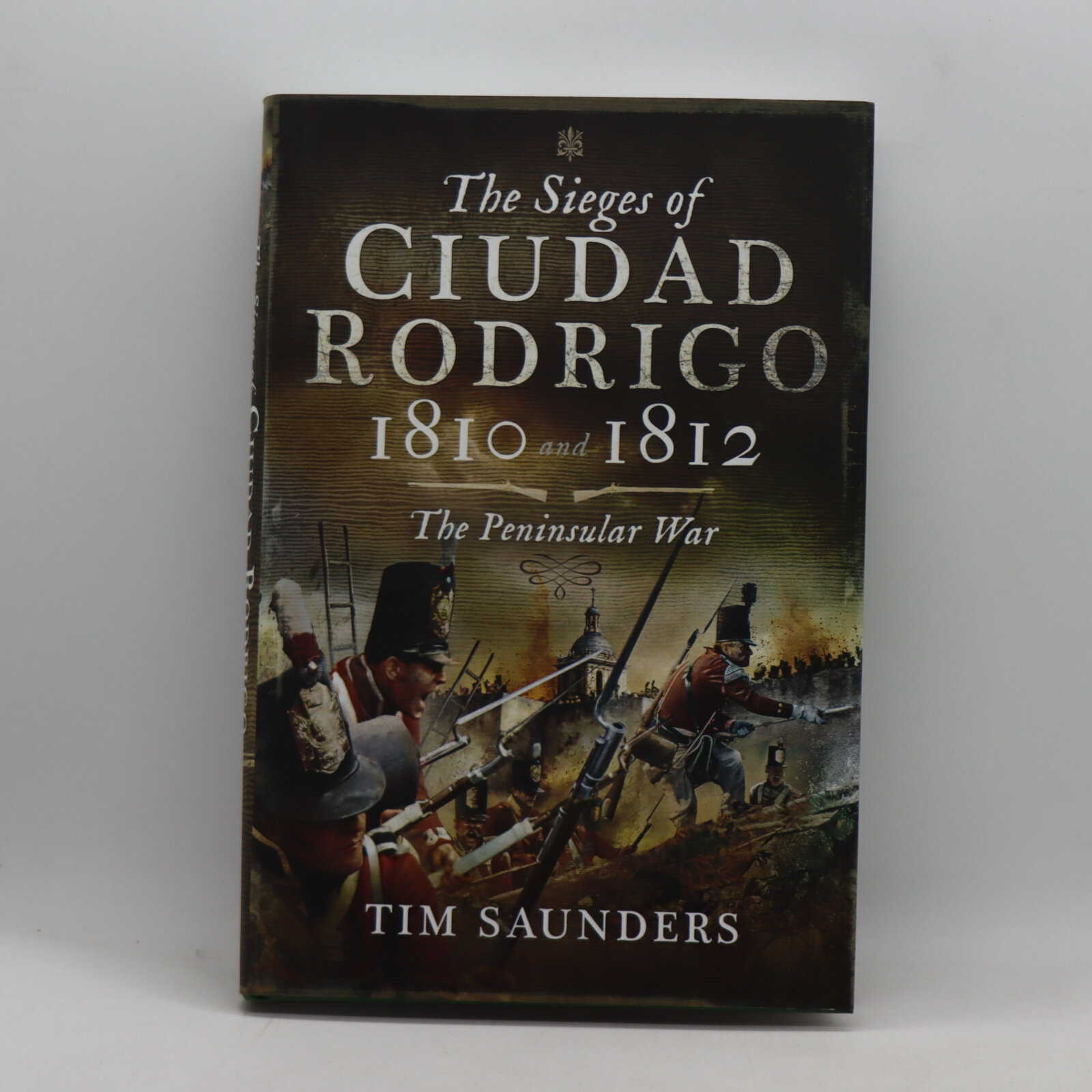
Share this Page with a friend



